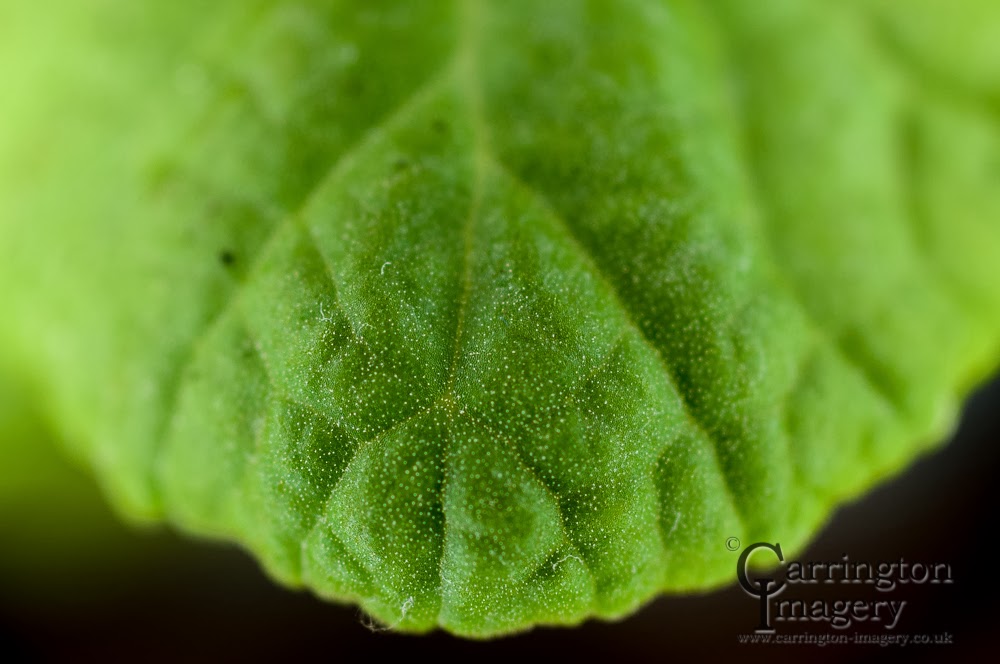In recent months I've really wanted to try some photography using a variable neutral density filter. I've read a lot about them in magazines but never actually purchased one even though I like the effect they give especially when photographing water.
Finally I decided to purchase the Dorr 77mm ND4 - 400 from Harrison Cameras in Sheffield.
The filter is nicely made and comes complete with a lens cap to fit over the filter and a carry case. The price was pretty reasonable too.
 |
| The Dorr 77mm Variable Neutral Density Filter |
The next thing I needed was some form of running water. I'd heard of Lumsdale Falls near Matlock in Derbyshire but I'd never visited even though it's on my doorstep.
On Friday 18th of April (Good Friday) I woke up to a beautiful day and this was too good an opportunity to miss. I packed the gear in the car and headed for Matlock.
The Falls are about 1/4 of a mile from the school car park on Lumsdale Road so it wasn't too far to trek carrying my bag and tripod.
Having never used a variable filter I realised there would be some degree of experimentation to do to find the right settings that would give me the type of shot I wanted. The filter gives up to 8 stops of variation which can result in a dramatic reduction in the amount of light entering the lens and consequently a dramatic lengthening of shutter speed.
I took an initial shot of the falls without using the filter for reference.
 |
| 1/80th @ f4.0 |
 |
| D300s, Nikon 24mm-120mm f4.0 with filter attached |
In the end I settled for 5 seconds @ f16 with the filter set at 4 stops. This give me the images below.
 |
| 5 seconds @ f16 with 4 stops of filter |
 |
| 5 seconds @ f16 with 4 stops of filter |
Give a variable neutral density filter a try. it's money well spent in my opinion .
If you'd like to see the other images taken at Lumsdale Falls then check them out on my website.

















